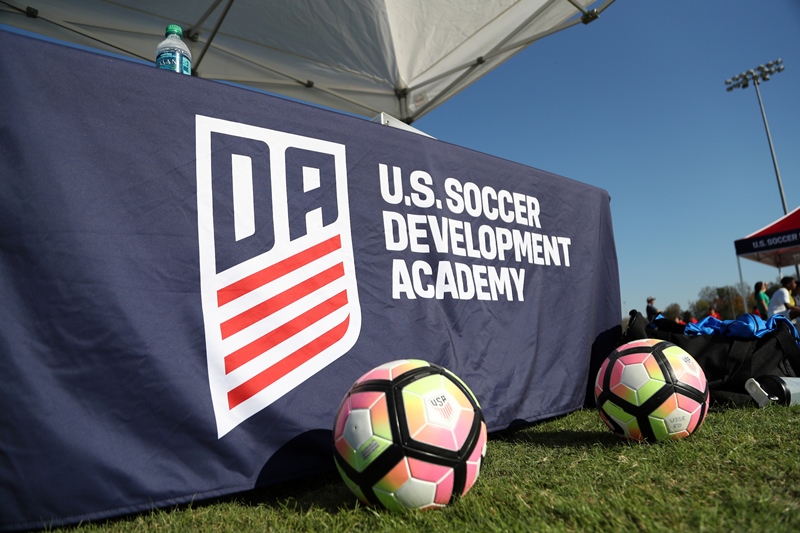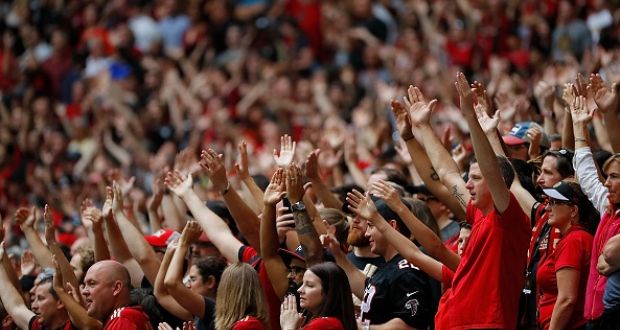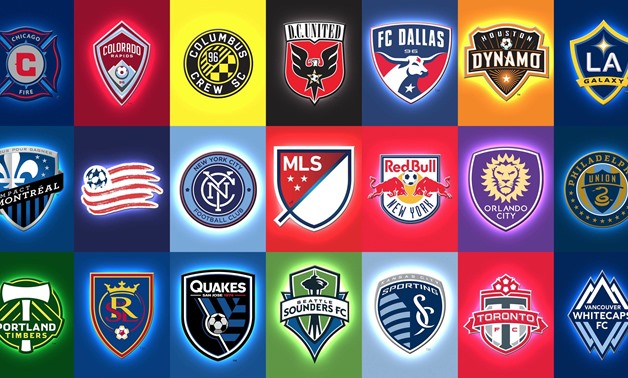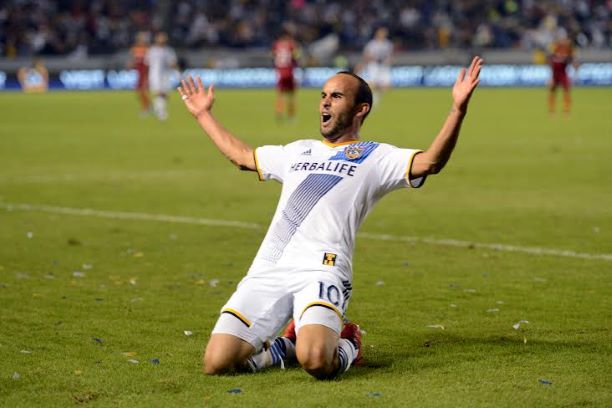Canada’s Oldest Rivalry Comes To MLS
Canada’s Oldest Rivalry Comes To MLS
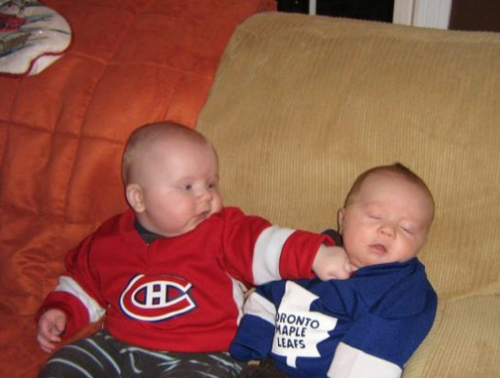

By Elizabeth Cotignola, writing from Montreal
When Toronto FC joined Major League Soccer back in 2007, the Columbus Crew, one of the league’s ten charter members, became their chief rival. This manufactured-for-MLS rivalry was largely a conflict of convenience, a function of the lack of any other team in closer proximity to Canada’s largest city and the fact that Reds fans required a destination for road trips. The rivalry served its purpose in those early years. Some 2,400 TFC supporters filled a grandstand at the end zone at Crew Stadium for the 2008 season opener. In 2009, some actual animosity was injected into the previously placid relationship when a post-game melee led to 20 Columbus Police Department cruisers arriving on scene, a tasering and some arrests – a rare display of rambunctiousness for the usually unfailingly polite Canadians.
But in general, Torontonians have nothing against the good people of Columbus, Ohio. As far as rivalries go, that’s a tad problematic. A competition which derives its moniker from a pretty plant - the teams compete for the Trillium Cup, named for the official flowers of Ontario and Ohio - isn’t the easiest to get excited about.
Enter the Montreal Impact. Major League Soccer’s nineteenth and newest franchise hails from the one city Torontonians love to hate most. The rivalry between these two cities has been manifested multiple times before: between the Argos and the Alouettes, the Blue Jays and the now-defunct Expos, and, most importantly, in the nation’s oldest sporting rivalry: that between the Maple Leafs and les Canadiens de Montréal. Fans of both sides have already even had a taste of what Montreal’s first season in Major League Soccer will bring.
Back in 2009 when the Impact, playing in the second-tier USL, were defending Canadian champions, the Reds went into Saputo Stadium needing to win by four goals to claim the title over the Whitecaps. They embarrassed their hosts, thumping them 6 goals to 1, to take the first trophy in the Toronto club’s history. A year later at BMO Field, TFC won 2-0 in a match featuring six yellow cards which saw Impact striker Roberto Brown sent off for a punch to the face of Toronto defender Nick Garcia.
“I think the fans came to see a soccer match and a boxing match - they got both,” said then-TFC striker Chad Barrett at the time. “You’re going to get a lot of feistiness, especially playing against Montreal. As of right now, that is our rival. It’s always going to be a heated matchup.”
Virtually no one from either side remains. But the sentiment lingers. The roots of this rivalry run deep – below layer upon layer of snow and ice.
From 1944 to 1978, the Maple Leafs and the Canadiens met each other in the Stanley Cup playoffs 12 times and faced off in five finals. While the competition on-ice is fierce, this rivalry is actually symbolic of a much deeper cultural cleavage in Canadian society. It is merely a manifestation of the historical enmity that has existed between English and French Canadians since Canada’s formation.
From the time of the British defeat of Québec at the Plains of Abraham in 1759, the chief tension in what would eventually become the country of Canada has been that between English- and French-speaking Canadians. English Canadians, were for the most part of British ethnic stock and Protestant, associated with and loyal to the British Crown. In contrast, the French Canadians, known as the Québecois, were of French descent, heavily Roman Catholic, and did not express a strong allegiance to the British monarchy – to put it lightly.
When the NHL was created in 1917, these differences continued to play themselves out in the rivalry between the Maple Leafs and Canadiens - the oldest rivalry in the history of the National Hockey League. The Maple Leafs’ fanbase consisted primarily of English-speaking Canadians of British descent; in fact, the team’s logo from 1927 onward was a stylized version of the badge insignia sported by the Canadian Army (who fought on behalf of the British crown) during World War I. As late as the 1970s, a portrait of Queen Elizabeth II, Canada’s official head of state, hung in the Leafs’ home arena, Maple Leaf Gardens, and God Save the Queen, the royal anthem, was the song of choice before any game.
The Canadiens, meanwhile, captured the imaginations of Canada’s French-speaking population, mainly concentrated in the province of Quebec. It was the Habs, as they are affectionately known, who pioneered the use of what is now Canada’s national anthem, O Canada, at that mecca of hockey, the Montreal Forum (albeit with bilingual lyrics as opposed to the entirely English version used throughout the rest of Canada). Canada’s greatest rivalry was particularly acute during the 1960s, as one of the two teams would capture the Stanley Cup each year of the decade, with the exceptions of 1961 and 1970. The rivalry reached its zenith in the 1967 season, when both teams met in the Stanley Cup Finals during the centennial year of Canadian Confederation. The city of Montreal was hosting Expo 67 that year, and the Canadiens were expected to beat the Leafs with ease. Yet Toronto, the underdog, upset the Habs to capture Canada’s most coveted piece of silverware.
The Leafs and the Habs will next face each other on Saturday night at the Bell Centre – while across town, the Impact will host their familiar rivals, TFC, for the first time as a Major League Franchise. One could not have imagined a more salivating night for sports in Canada if they’d tried. Simply stated, Montreal and Toronto hate each other. They always have, and they always will. This is a good thing. If soccer is to continue its exponential growth in Canada, it needs an audience – and nothing generates interest quicker than a heated rivalry.
What can we expect from Saturday’s tantalizing tie? Both teams are arguably equally hungry for a win, with Major League Soccer’s new kid on the block still seeking their first victory and Toronto hoping to ease their lingering disappointment over their failed attempt to make history earlier this week. Expect spirit. Expect entertainment. Most of all, expect Montreal’s douzième jouer, their vociferous, vocal fanbase, to make their presence felt. Keep your ears open for a familiar phrase, heard often round these here parts when Torontonians are around: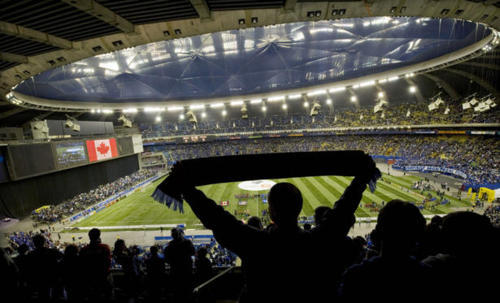
24 cups, your team sucks.

